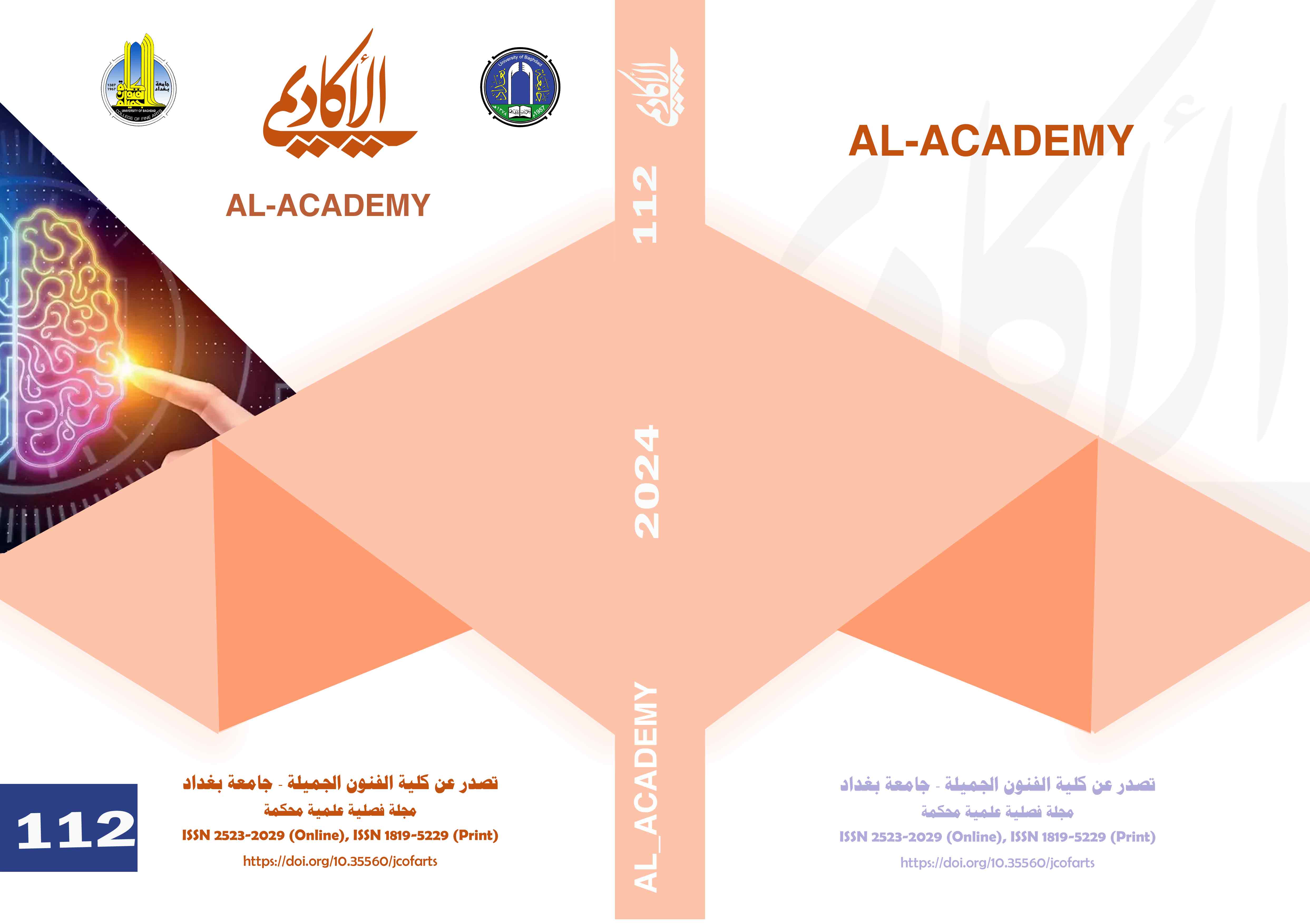Requirements and characteristics of websites designed for universities in view of modern digital technologies
DOI:
https://doi.org/10.35560/jcofarts1387Keywords:
Digital technologies University assessment websitesAbstract
The research focuses on evaluating the websites of universities, where five Arabic universities websites were selected using a questionnaire developed and presented to academic experts. The idea of the research emerged to study and develop the requirements for designing universities websites to achieve their privacy, global entry into international rankings, academic and educational goals and societal mission. The research problem was formulated through questions about the characteristics and requirements of websites designed for universities, as well as their criteria and features. The research aims were: (1) Identifying and determining the most important requirements for websites design for universities. (2) Identifying the key features and standards that serve the privacy of websites for universities. (3) Providing insight into the most important design and functional requirements for universities websites. The research community comprised universities websites, while the sample consisted of Arab universities websites, selected to represent a cross-sectional sample of Arab universities. The descriptive analytical approach was adopted to study universities websites based on a questionnaire consisting of twelve questions developed for this purpose and validated by academic experts. The study period for evaluating the websites was 2023, and the results revealed significant variation in the evaluation of the researched universities websites, indicating a need for continuous improvement and development in line with global standards. The research also highlighted the lack of attention to websites design and the extent of their adequacy in meeting the basic requirements for students, researchers and other users, such as information availability, introduction to research centers, laboratories, libraries, service and recreational facilities, student housing and the overall university environment. This is crucial for the university’s recognition amidst international competition, global rankings and sustainable development. The research concluded by presenting an insight into the most important design and functional requirements for universities websites
References
Al-Ani, Z.S. Arab universities and the most prestigious universities in the world (a study of the reality of higher education and scientific research in Arab universities). (2014). from http://informatics.gov.sa.
Al-Labban, S. (2004). Electronic Journalism, Studies in Interactivity and Web Design. Cairo: The Egyptian Lebanese House, p. 41.
Al-Saadi, H.A.Q. (2018). Research Digital Repositories and Iraqi Universities. the issue of the Sixth General Conference, University of Baghdad, Professor Journal.
Al-Sawa, S.S., & Ahmed, M. (n.d). Attitudes of high school students in Gaza towards following Palestinian websites. Islamic University - Gaza, Faculty of Arts - Department of Journalism and Information, Public Relations and Advertising.
Bassous, M.H. (2010). Multimedia - Design and Applications. Amman - Jordan: Dar Al-Yazuri Scientific, pp. 16-19.
Gao, W., & Li, X. (2018). Building presence in an online shopping website: the role of website quality. Behaviour & Information Technology, DOI: 10.1080/0144929X.2018.1509127.
Garett, R.J., Chiu, L.Z., & Young, S.D. (2016). A Literature Review: Website Design and User Engagement. Online Journal of Communication and Media Technologies, 6(3), 1- 14.
Jayes, Z., & Holmes, A. (2004). The Basics of Web Design. Lebanon: Arab House for Science, Translation: Arabization and Translation Center.
Lee, Y., & Kozar, K. (2012). Understanding of website usability: Specifying and measuring constructs and their relationships. Decision Support Systems, 52(2), 450- 463.
Mahmoud, W.M.I.M. (n.d). Mechanisms for Improving the Performance of Arab Universities in International Rankings, Faculty of Economic, Commercial and Management Sciences, Mostaganem University, Algeria. Journal of Finance and Markets. Pg. 26.
Mousa, I.R. (2017). Scientific papers and future visions in graphic design. Baghdad: Al-Fath for printing and printing preparation, Dar Al-Kutub and Documents.
Mousa, I.R. (2019). Development of a Numerical Index to Assess the Quality of Websites Design. Webology, 16(2), 72-82.
Nielsen. (2000). Designing Web Usability, New Riders Publishing, Indianapolis, IN.
Palmer, J.W. (2002). Web site usability, design, and performance metrics. Information Systems Research, 13(2), 141-67.
Petre, M.S., Minocha, & Roberts D. (2006). Usability beyond the website: an empirically-grounded e-commerce evaluation instrument for the total customer experience. Behaviour & Information Technology, 25(2), 189-203.
Sayegh, A.R.B-A. (2011). International Rankings of Universities (The Experience of Saudi Universities), Kingdom of Saudi Arabia, Ministry of Higher Education. Saudi Journal of Higher Education, specialized semi-annual scientific journal, Fifth Issue.
Schubert, P., & Selz, D. (1998). Web assessment: A model for the evaluation and the assessment of successful electronic commerce applications. Proceedings of the 31st Hawaii International Conference on Systems Science, Hawaii.
Shafiq, H. (2008). Graphic Design in Multimedia. Cairo: Dar Fikr and Fann for Printing, Publishing and Distribution.
Turban, M.S. (2008). The Internet and the Electronic Press, The Egyptian Lebanese House, p. 220.
Downloads
Published
Issue
Section
License
Copyright (c) 2024 Intesar Rasmi Mousa

This work is licensed under a Creative Commons Attribution 4.0 International License.













